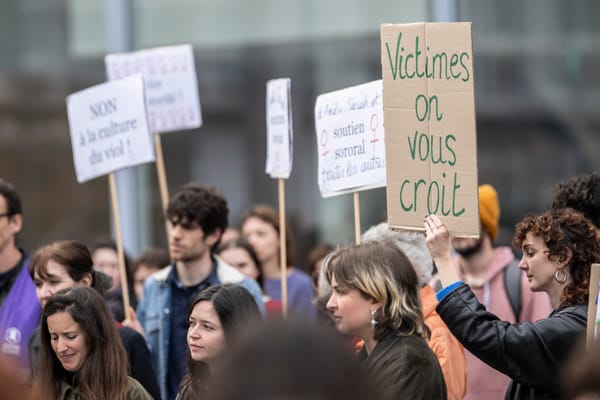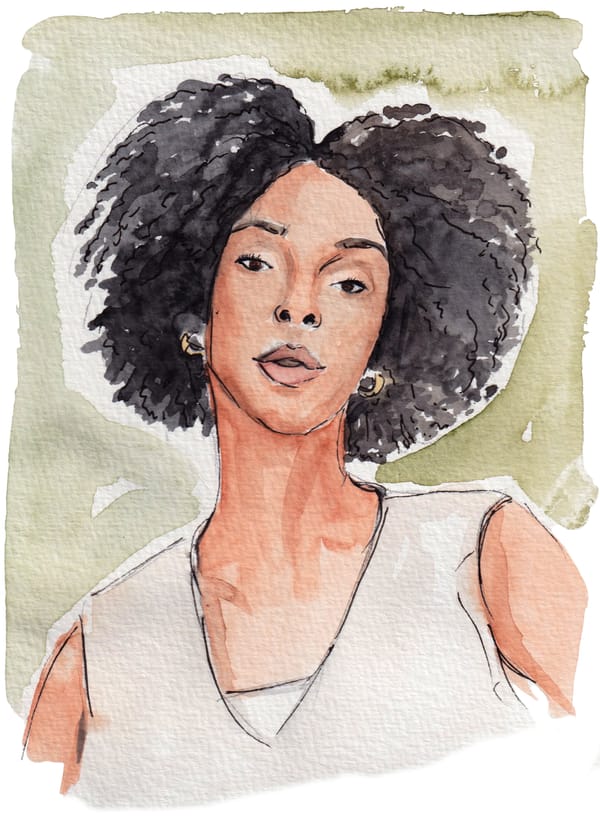A (Nearly) 50-50 Gender Split in the U.K.’s New Government. It’s About Time.
Research shows that more diverse teams perform better. Will the new U.K. government prove the point?

No matter your politics, the outcome of the U.K.’s general election, which took place last Thursday, should be watched with keen interest.
Over the weekend, Keir Starmer, Britain's new center-left prime minister, launched a sort of social experiment, installing the most women-heavy leadership team of any British government in history. With women occupying 12 of the 25 top roles in government, and 41 percent of the 650 seats in parliament, it’s a meaningful shift toward gender parity.
Research has illustrated time and again that companies with gender-balanced executive teams are more profitable than those without. To wit, this study showing nations with more women in leadership are more prosperous than those with fewer (and the regulations those nations bring in pave the way for more women to move up the social chain, too).
And women-led countries are good for the planet—nations with more women at the top have stricter climate policies and are more likely to ratify international climate treaties. It isn’t just data nerds who think so. A survey of 17,000 citizens around the world has found that 70 percent of people believe countries led by women are better managed.
Of course Starmer assumes the top post in what has been a very long line of men. Of the 58 prime ministers the U.K. has had, just three have been women: Margaret Thatcher (who once famously said “I owe nothing to women’s lib;”) Theresa May (who has, rightly, been credited for her work to bring more women into politics) and Liz Truss (the less said of whom, the better).
Having a woman in power is not the same as having women in power.
But having a woman in power is not the same as having women in power.





